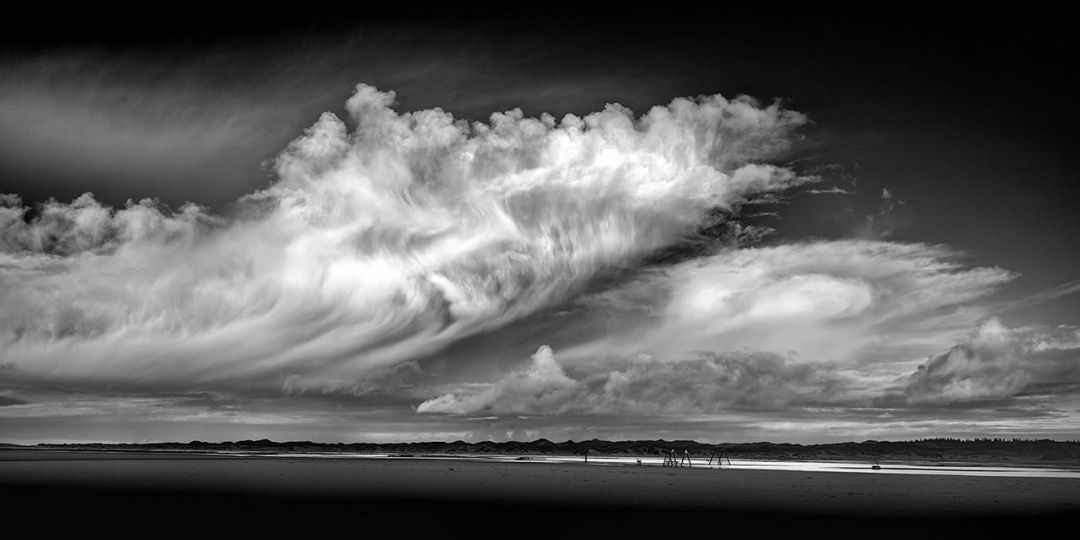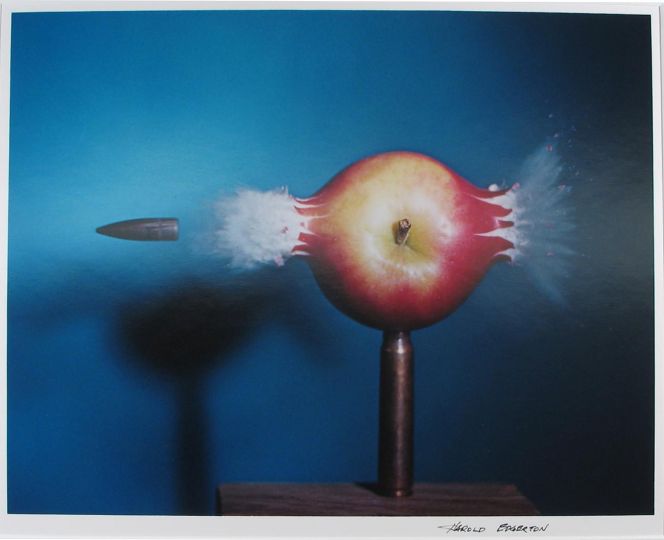At Galleria Carla Sozzani, in Milan, more than a hundred images are dedicated to Bettina, the most celebrated and sought after model from fashion magazines of the 40’s and 50’s and “the most photographed French woman in France” according to Paris Match. Maybe also the first star model, whose career is traced in this exhibit through the images signed by the most outstanding photographers of the time: Erwin Blumenfeld, Henri Cartier-Bresson, Jean-Philippe Charbonnier, Henry Clarke, Louise Dahl-Wolfe, George Dambier, Robert Doisneau, Nat Farbman, Horst P. Horst, Arik Nepo, Gordon Parks, Irving Penn, Willy Rizzo, Emile Savitry, Seeberger brothers, Maurice Zalewski.
The exhibition is thought as one of the events of the Fashion Week in Milan, with an outstanding ambassador: Bettina. Recognized as a Muse by photographers and fashion designers, she became an icon of French couture to such an extent that in 2010 she was awarded France’s Chevalier des Arts et des Lettres by Frédéric Mitterrand.
Born in Normandy, she had a dream: becoming a fashion designer. Within a few years she began to live out her dreams in the fashion word. “Her faith in life and her vitality were assets that encouraged her to take unusual decisions on her life”, as Guy Schoeller wrote (*). Indeed, in 1944, she took her fashion sketches to Paris, where she met Jacques Costet, a young designer who had just opened his atelier. Costet, fascinated by her, ended their interview by asking Bettina to model a dress he was working on. Since that very moment Bettina’s career of model and muse started dazzling everyone with her unaffected manner and natural poise, with her pretty face and round cheeks, her freckles, her innate grace.
Leaving Costet to work for other designers, she was transformed by Jacques Fath, who also renamed her. Simone Micheline Bodin thus became “Bettina”. The meeting between Bettina and Fath led to the creation of a new style: he created a collection for her, clothes with simple lines that only Bettina knew how to wear, making them look chic and natural. Thus happened that the name Bettina came to stand for modernity and elegance. He also directed her to shed her chignon in a short cut that sparked a revolution in women’s hairstyles. Bettina was natural, graceful and lively. Later she wrote that her success was owed “more to an expressive face than to my good look. My healthy appearance made me look quite unlike all the other mannequins”.Bettina, “the red (haired) eminence” as Françoise Sagan depicted her, “in the more challenging work as in the more complete idleness, will always have (…) her easy laugh and those laughing eyes”.
Her career took off also in front of the camera and soon Bettina became the top cover girl in France. She did a great many photo shoots for the world’s top fashion photographers. Even Henri Cartier-Bresson photographed her in an informal setting. At the request of Irving Penn, for whom she had already posed in Paris, Vogue invited Bettina to the United States.
Muse to Jacques Fath, Bettina was at the core of the dazzling world of post-war couture in France then being created by Jacques Costet, Lucien Lelong, Hubert de Givenchy, Christian Dior and Coco Chanel.
As for her private life, Bettina married the photographer Benno Graziani and for a period she abandoned her career. After their divorce, “her next love, a thirty five-year-old publisher, who gave her a new outlook on Paris introducing her to publishers and writers: from Gaston Gallimard to Georges Simenon, from Jean Genet to Jacques Prévert, who wrote a poem about her. (*)
Her work took her to the United States, Brazil, Argentina and Italy. In 1952, as model and press agent at the same time, Bettina worked with Hubert de Givenchy helping him to start his new fashion house. He named his first collection after her: indeed, the “Bettina” blouse, immortalized in a drawing by René Gruau, became a “must have”, worn by cinema celebrities.
She befriended Peter Viertel, an American screenwriter who introduced her to intellectuals, actors, directors and producers. Her career peaked in 1955: in this same period, Bettina met the love of her life, Prince Aly Khan, and left the fashion world.
In spite of her retirement from her career, Bettina went on working in the fashion world, for example, as “ambassador of style” for Elle magazine in 1963, or as art director for Emanuel Ungaro and press agent for Valentino. Fashion is always her passion, and she still follow and promote it; her personality engages new designers and photographers like Azzedine Alaia, Yohji Yamomoto, Pierre et Gilles, and Mario Testino.
The catalogue “Bettina”, published by Carla Sozzani Editore, accompanies the exhibition.
(*) from BETTINA Fashion Memoir, written by Guy Schoeller, Thames and Hudson, 1998
EXHIBITION
From September 17th to November 2nd, 2014
Galleria Carla Sozzani
Corso Como 10
20154 Milano
Italy
Friday to Tuesday, 10.30 am – 7.30 pm
Wednesday and Thursday, 10.30 am – 9.00 pm
















